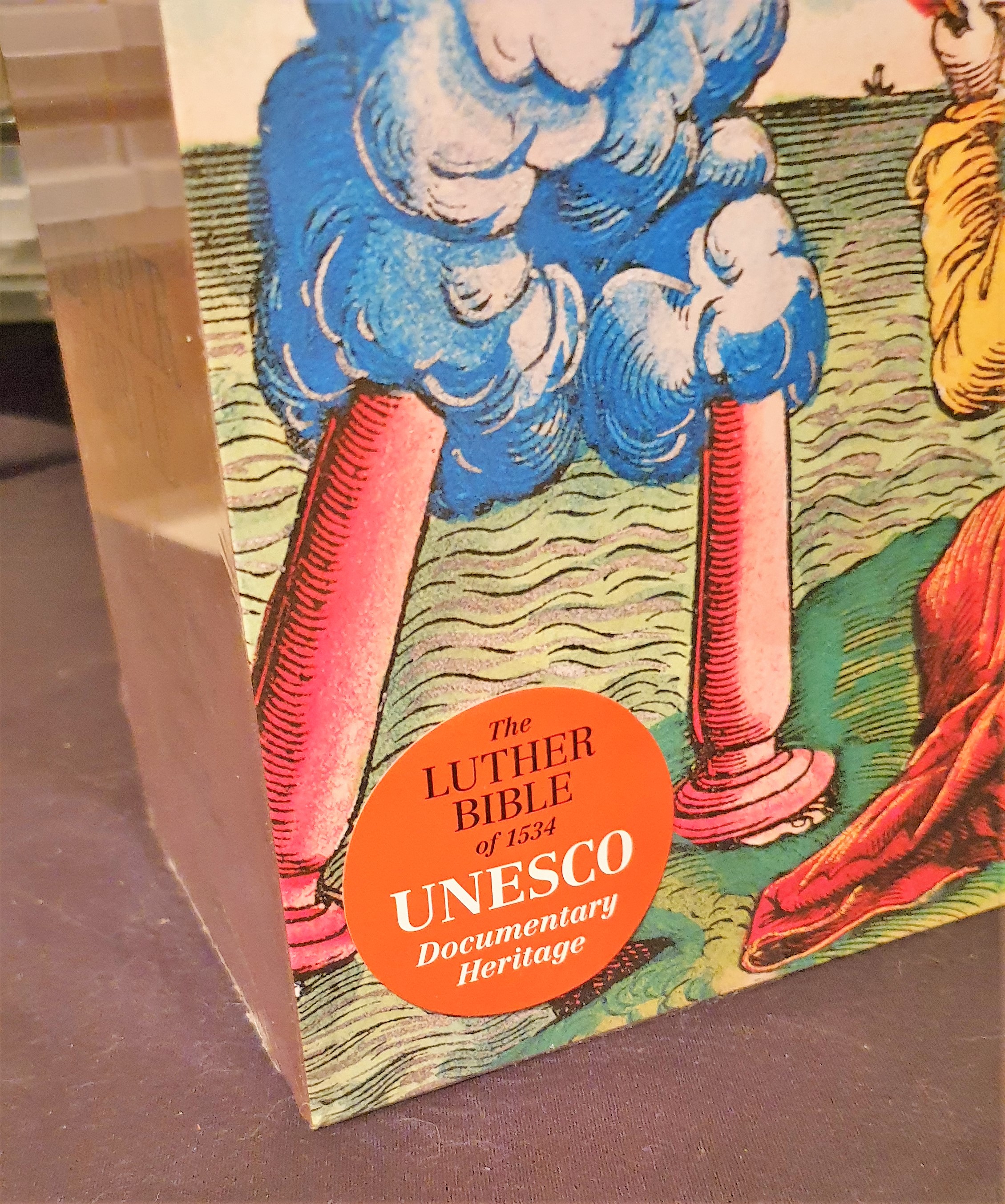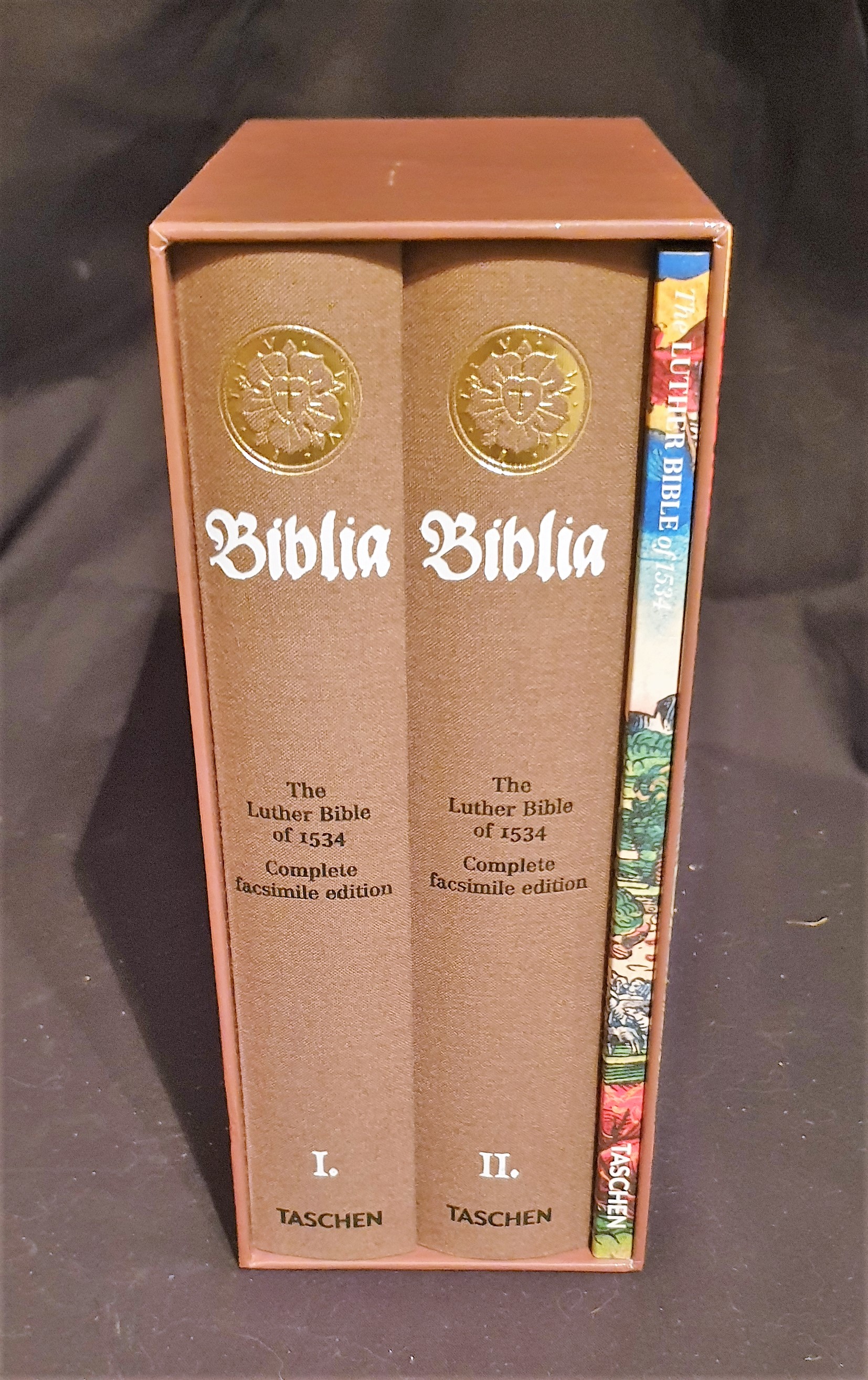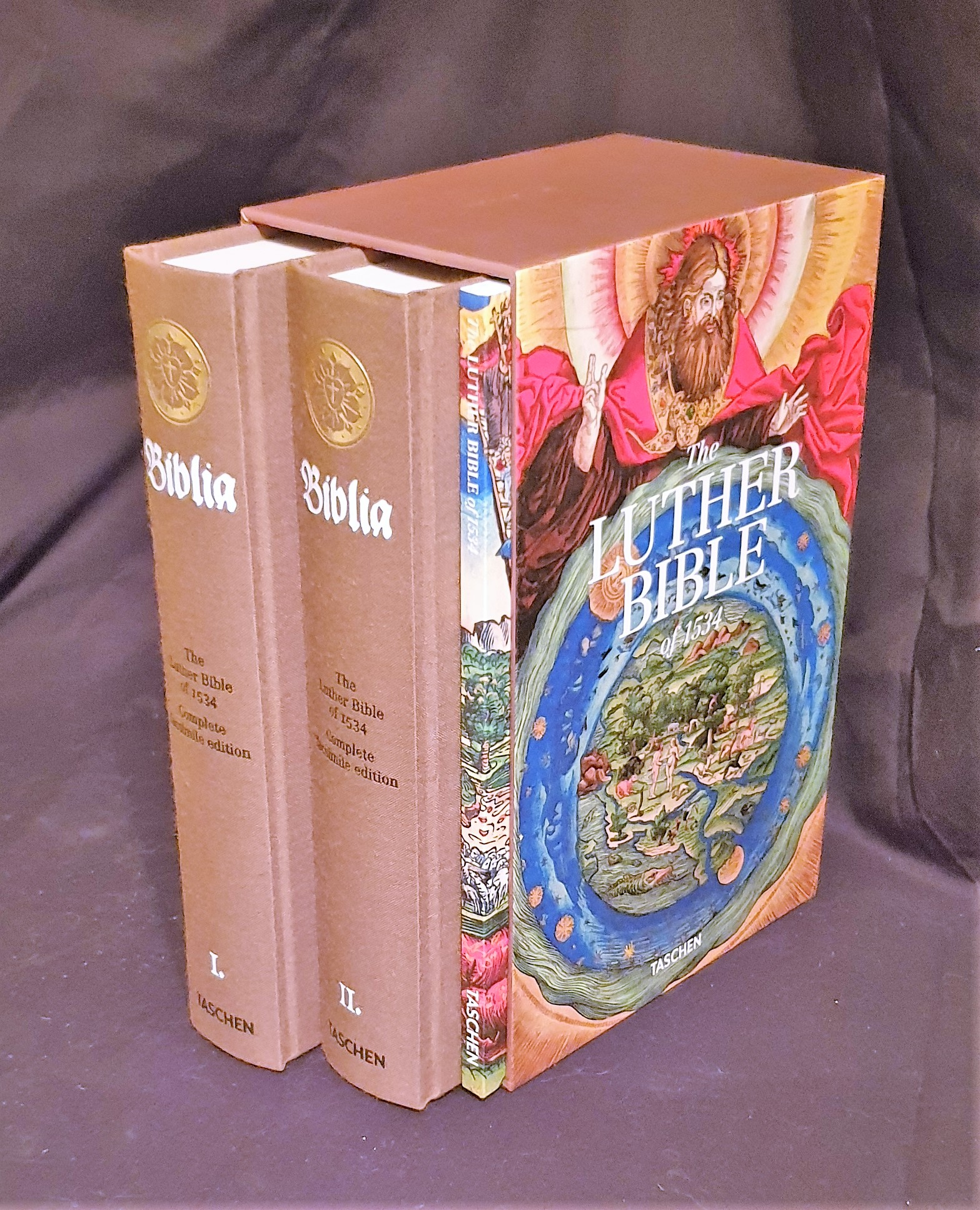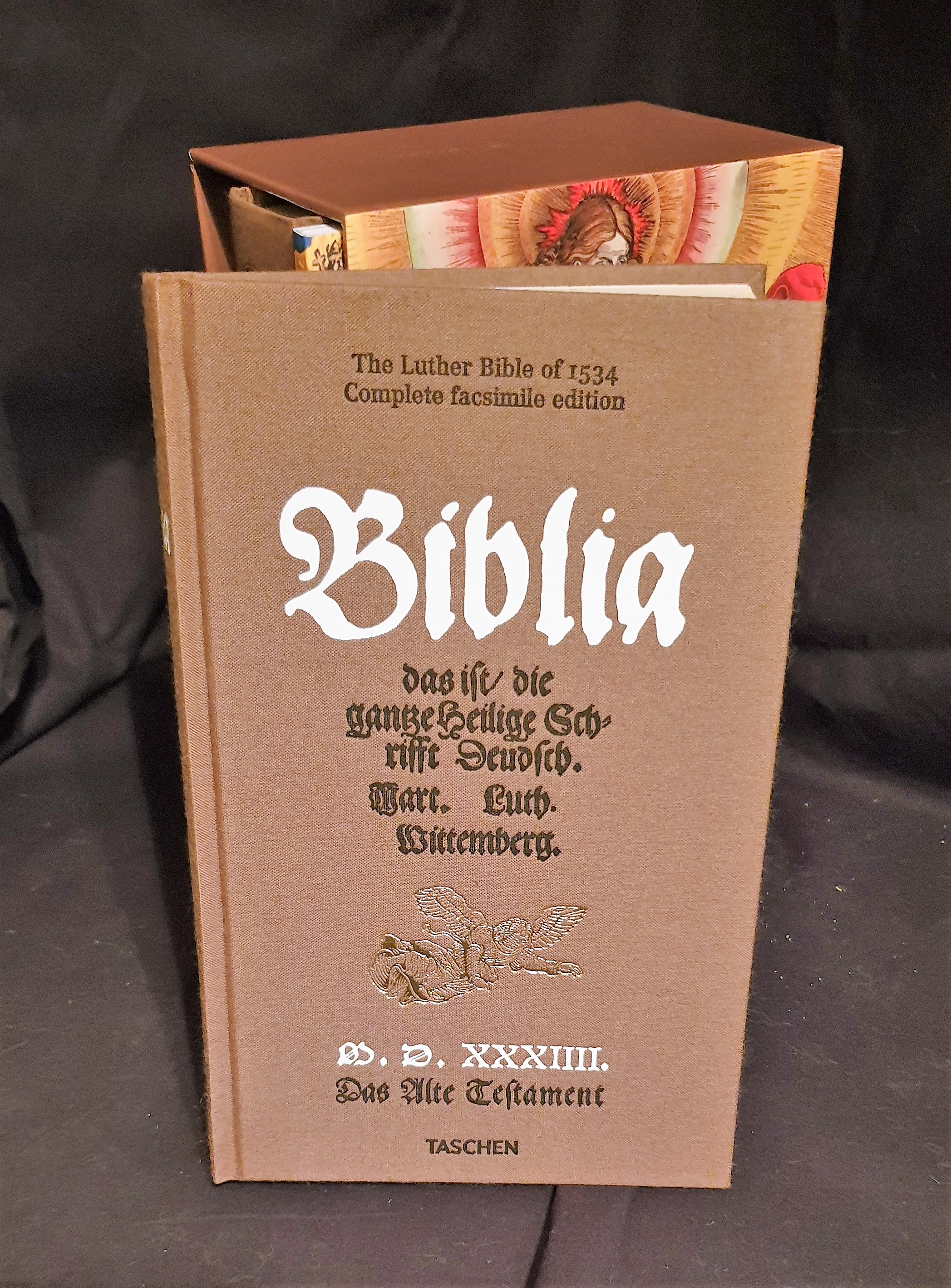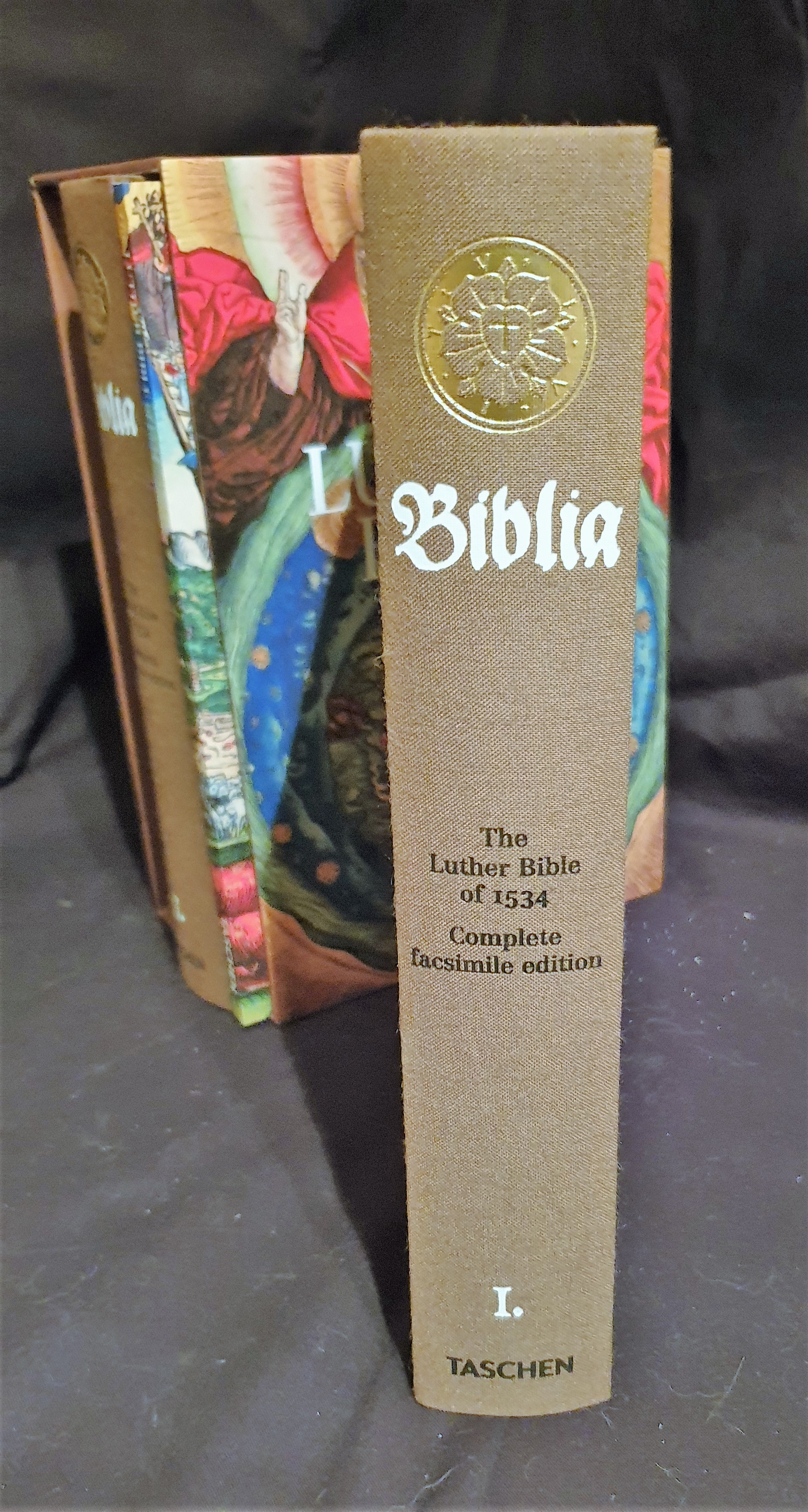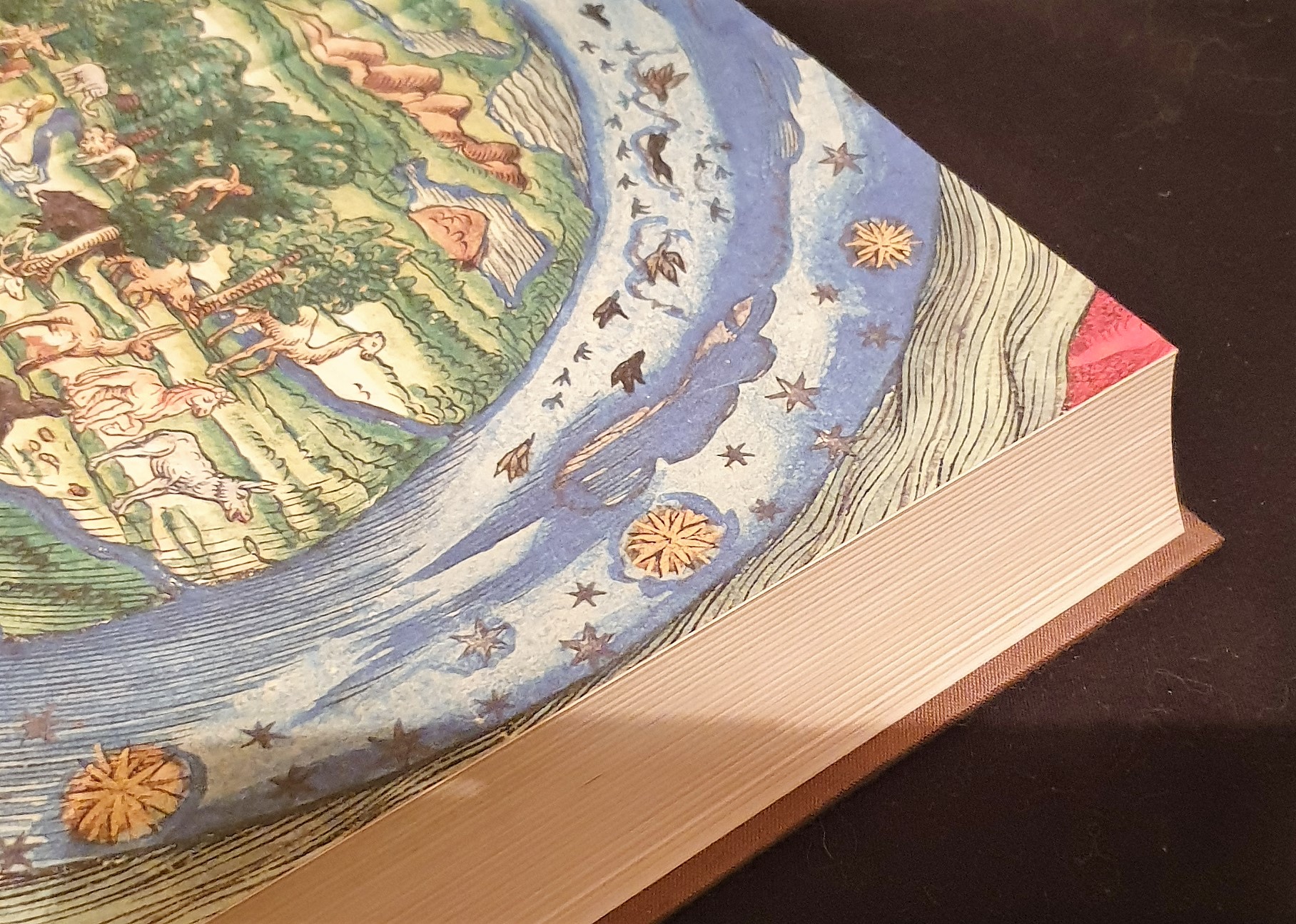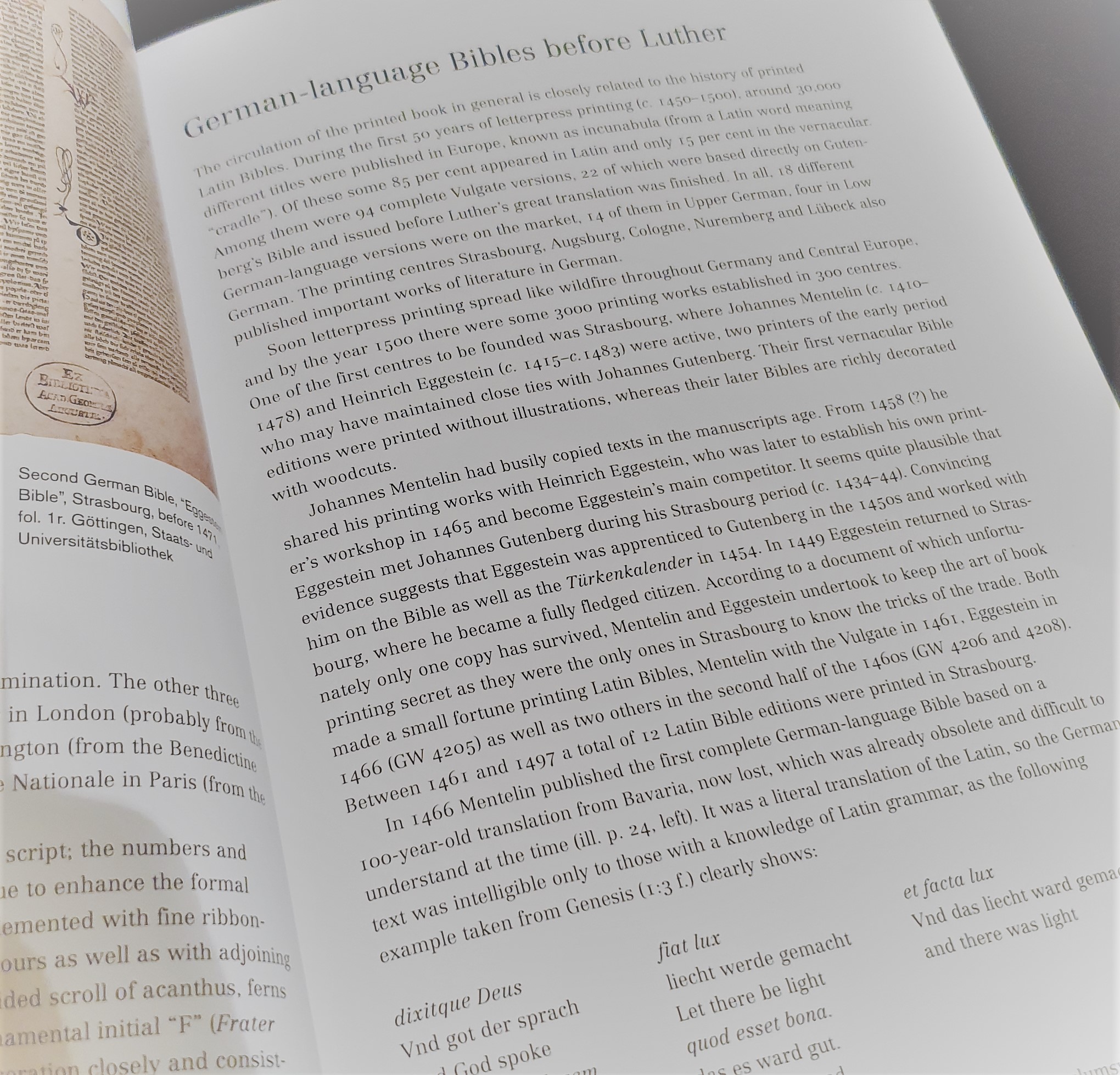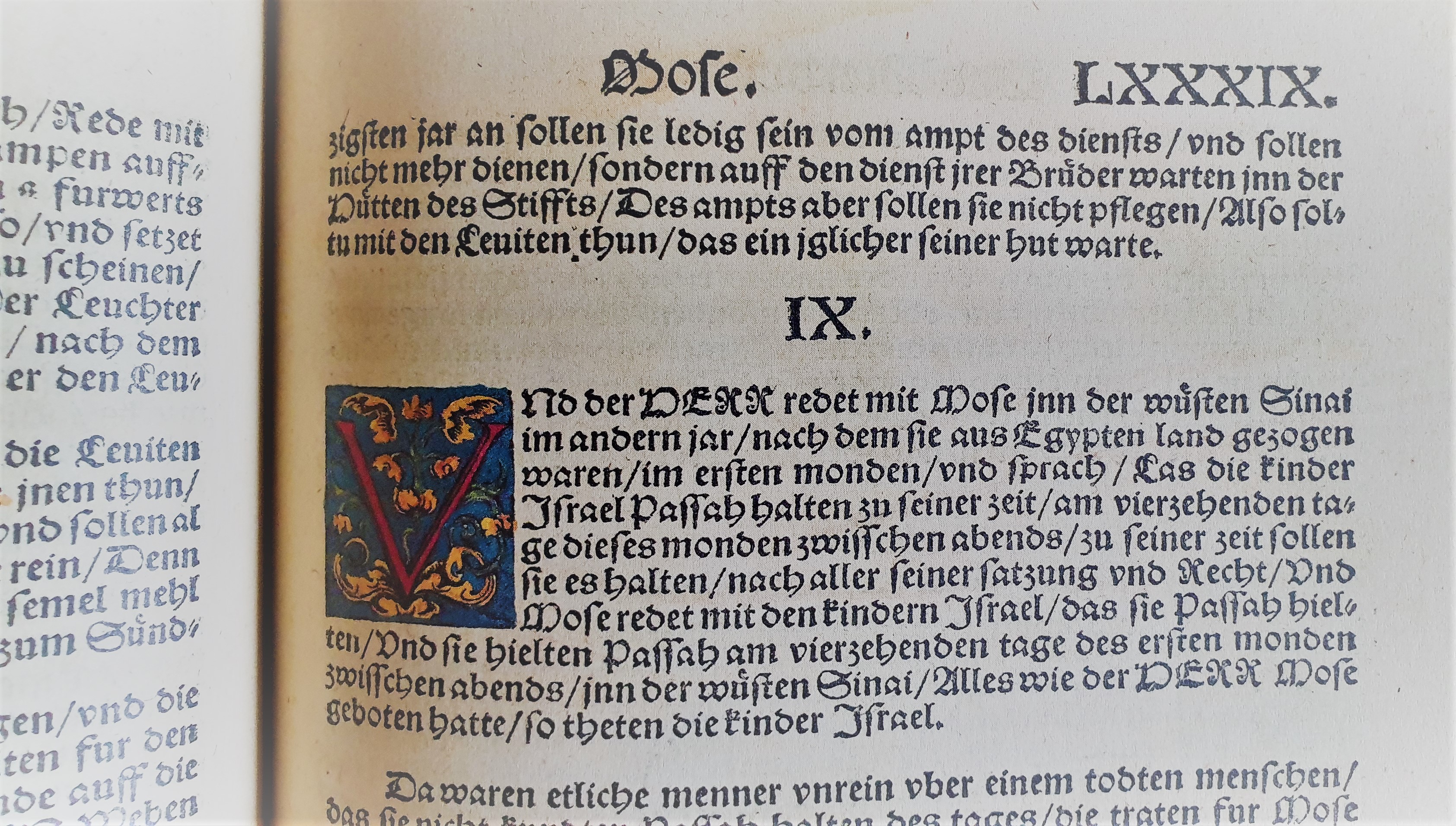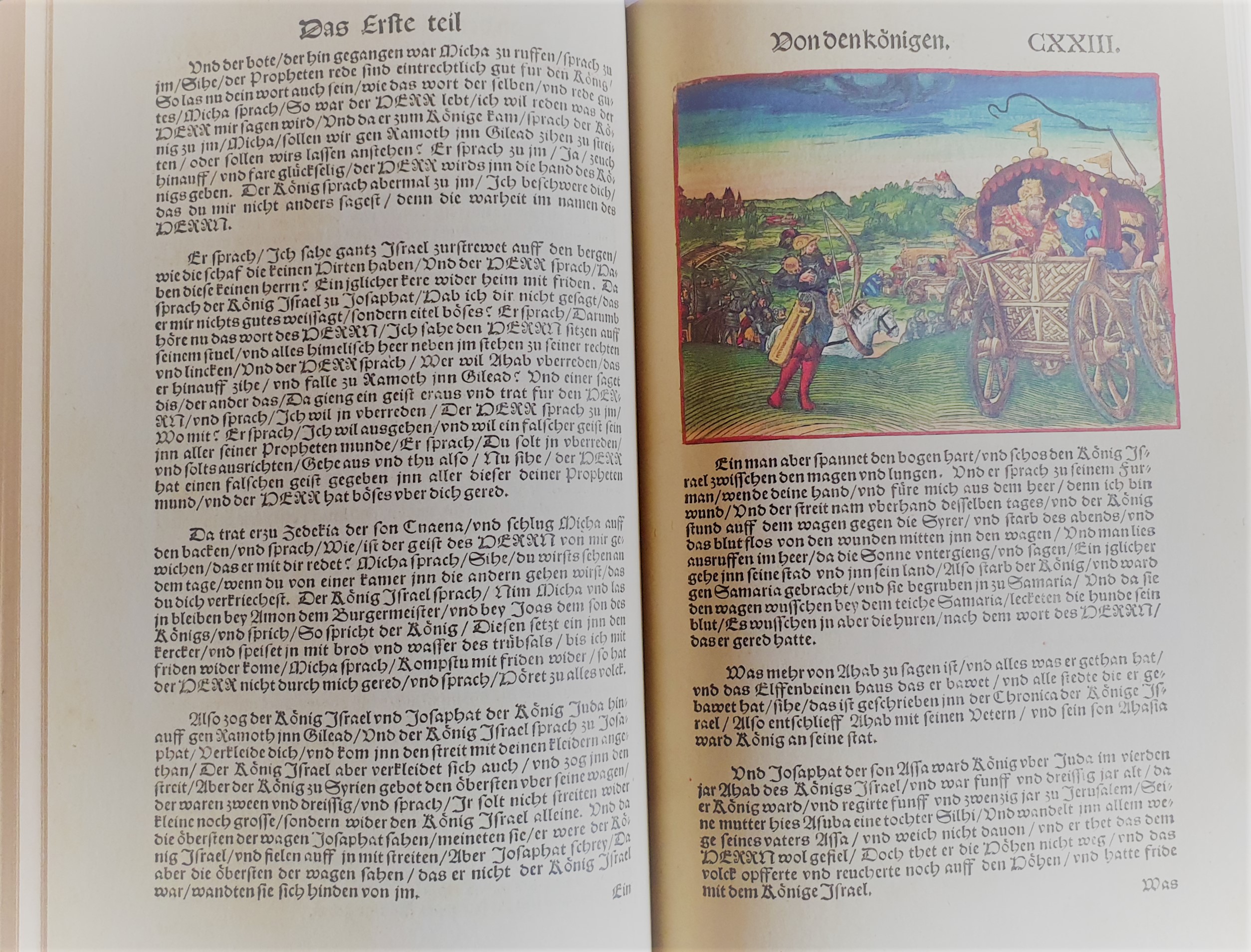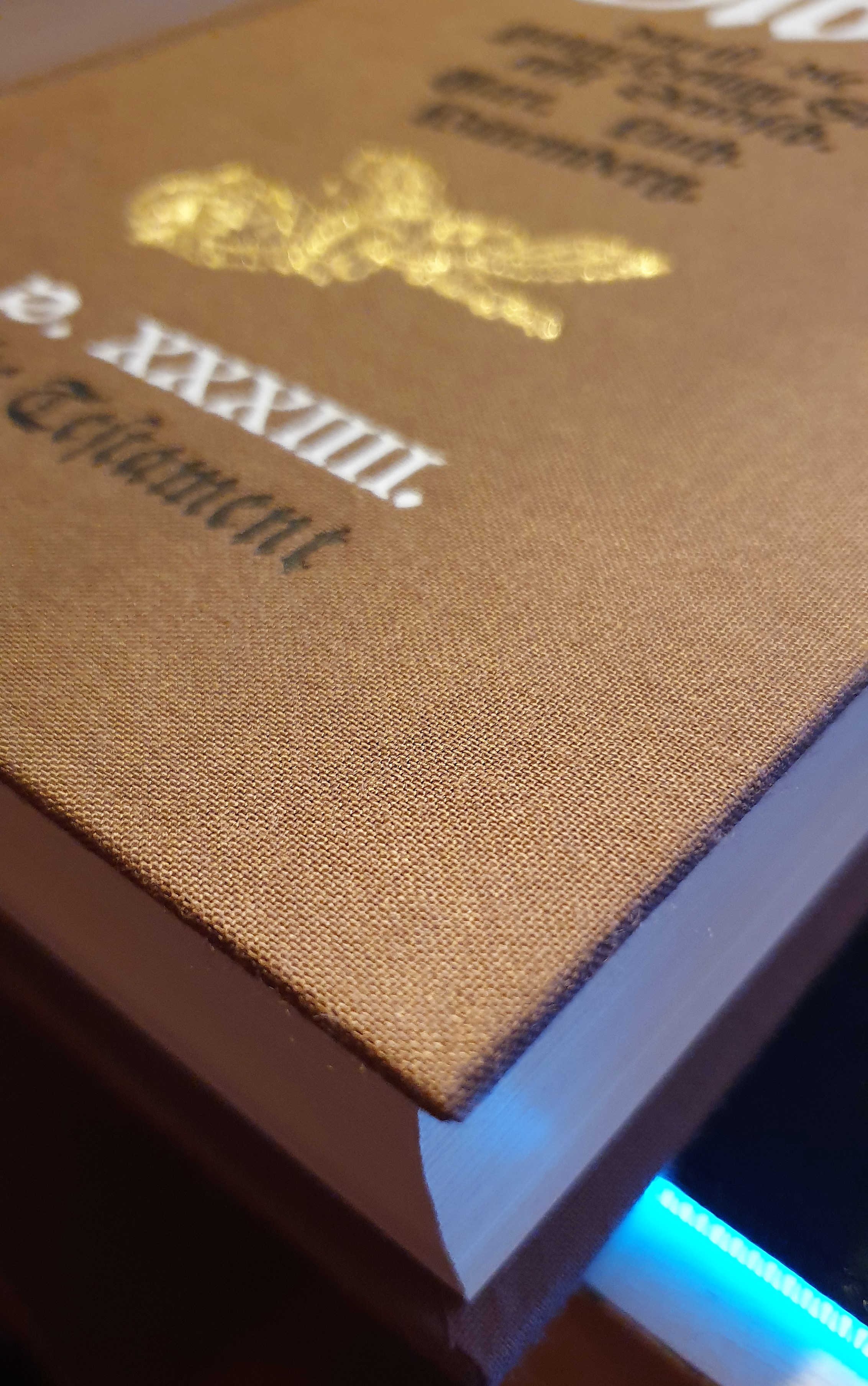Publisher’s Summary
Martin Luther’s Bible, first printed in 1534, was not only a milestone for the printing press but also a momentous event in world history. A UNESCO world heritage masterpiece, Luther’s translation from Hebrew and ancient Greek into German made the Bible accessible to laypeople and gave printed reference to a whole new branch of Christian faith: Protestantism.
In this meticulous two-volume reprint, Taschen presents a complete facsimile of the Luther Bible. Based on a precious copy of the original and printed in color, it reveals the multilayered splendor of this publication, showcasing the meticulous script, elaborate initials, and exquisite color woodcuts from the workshop of Lucas Cranach.
In an accompanying booklet, Stephan Füssel, director of the Institute for Book Sciences at the Johannes Gutenberg University in Mainz, adds his expertise to the publication with detailed descriptions of the illustrations, as well as an introduction exploring Luther’s life and the seismic significance of his bible.
Our Thoughts
This is a beautiful facsimile of a groundbreaking translation, a translation that changed Christianity forever. People were now, for the first time ever, able to read the Scriptures in their own vernacular language.
Luther’s German translation followed by other translations all across Europe. Protestantism soon became something more than a Catholic movement; it turned into a confessional branch of its own. Luther stressed “Sola Scriptura”, by Scripture alone. Being able to read God’s word in your own language was the first step towards this practice for laymen.
This two-volume set is worth a lot for its cultural and religious impact, but also for purely aesthetical reasons. The illustrations that accompany the text are beautiful examples of renaissance woodcarvings.
The introduction by Stephan Füssel is also commendable. It gives the reader insights into the cultural- and theological context of Europe in the 1500s, as well as the mindset of Martin Luther himself. The introductory text also explains why Luther’s reforms became groundbreaking, and why his ideas changed Europe geographically and culturally.
